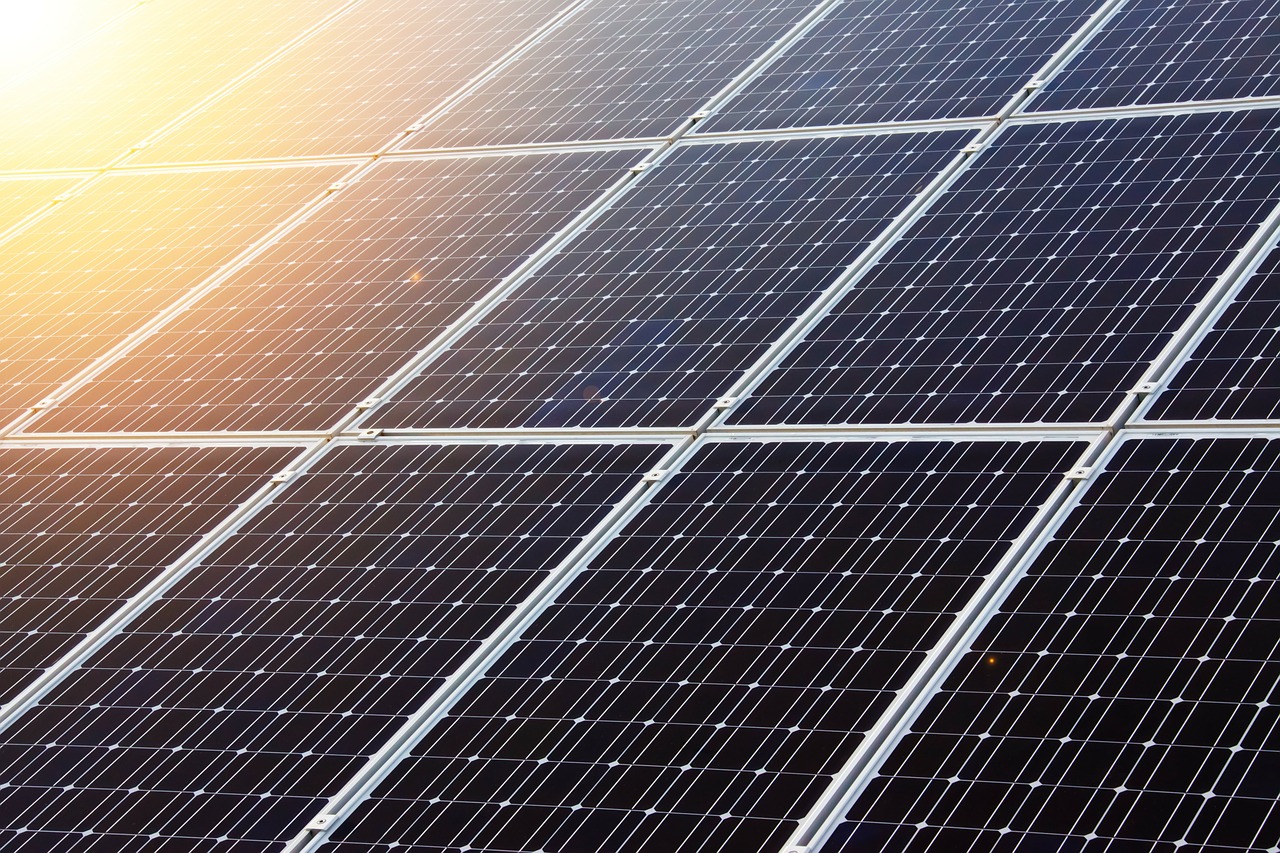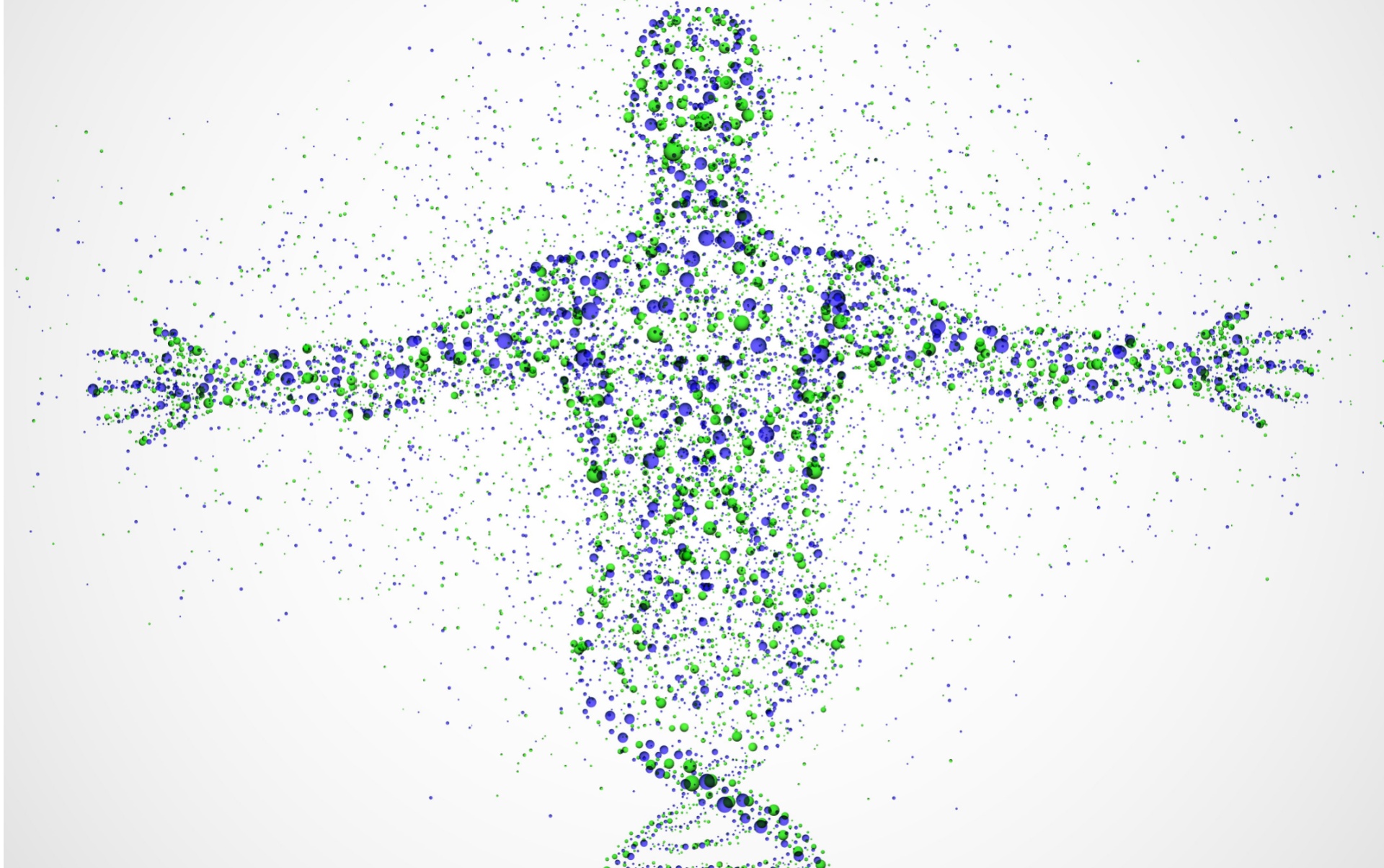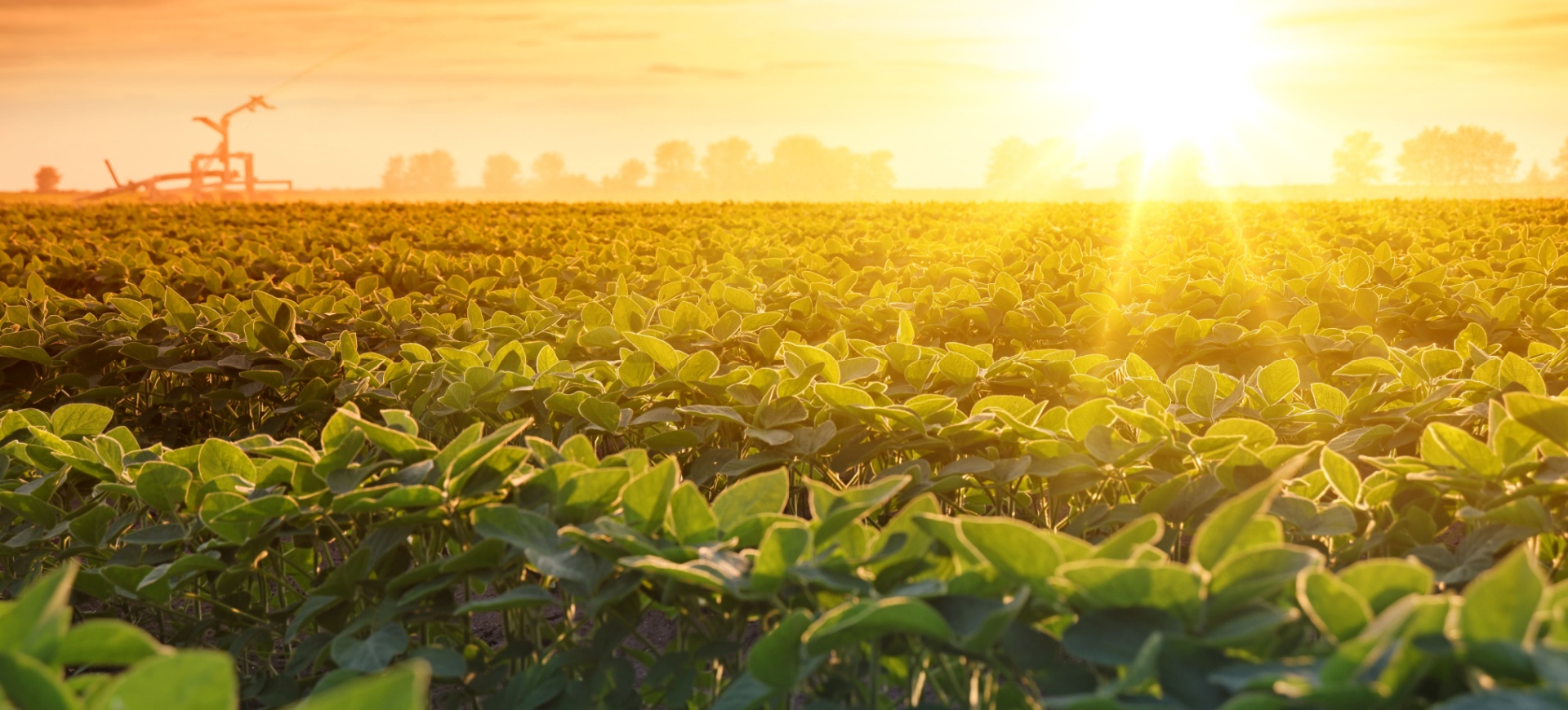Clean energy for all
Ensuring secure, affordable and sustainable access to energy is a central concern of G7 economies and indeed all countries around the world. But meeting these goals while concurrently focusing on a range of other issues – including creating jobs, promoting gender equality, ensuring safety and security, and tackling climate change – can present a serious policy and investment challenge.
This challenge is even greater for emerging and developing economies – countries that are facing a host of additional challenges, including citizens who lack any access at all to modern energy services and the ever-present threat of air pollution both outdoors and in their own homes.
Countries are asking themselves: can we address all these issues without making sacrifices or trade-offs? The answer is yes, it is possible. But it involves understanding how energy weaves throughout all these issues and is itself both the cause of and solution to many of our collective challenges.
First, energy is the main source of global greenhouse gas emissions. Preliminary figures from the International Energy Agency (IEA) show that carbon dioxide emissions rose again in 2017 after being flat for three years. This means that without more ambitious action, the world will not get on track to meet the objectives of the Paris Agreement on climate change.
At the same time, 1.1 billion people still lack access to electricity, and nearly two out of every five people on Earth – 2.8 billion people – are without access to clean fuels and technologies for cooking. The smoke from cooking with polluting fuels leads to about 2.5 million premature deaths per year, and affects women and children the most. Countless hours are spent gathering fuelwood, a burden that is also mostly borne by women.
Death toll rising
Energy is also the principal source of air pollution linked to severe human health impacts. Today, the number of premature deaths from outdoor air pollution is around three million a year, and is set to exceed four million if no further action is taken.
Reaching universal energy access while at the same time reducing carbon dioxide emissions and air pollutants from the energy sector is therefore essential if we are to achieve sustainable development. Recognising this, three years ago when the Sustainable Development Goals (SDGs) were adopted, the IEA and partner organisations contributed efforts to ensuring that energy was at their core.
The SDGs include targets related to energy that, if achieved, will improve the lives of billions of people around the world: expanding access to electricity, improving access to clean cooking fuels, reducing wasteful energy subsidies and curbing air pollution. Progress towards these goals will also underpin many of the other SDGs, such as those on gender equality, poverty alleviation, education and sustainable cities.
This work on energy and sustainability has long been fundamental to the work of the IEA. In 2002, after I had just taken over as IEA chief economist, I instigated the IEA’s first ever programme to compile annual estimates of the number of people worldwide who lacked access to electricity – I strongly believe that you cannot manage what you cannot measure.
Fifteen years later, in the 2017 edition of our flagship World Energy Outlook publication, we introduced a new scenario that illustrates an integrated way to simultaneously achieve three critical policy goals: climate stabilisation, cleaner air and universal access to modern energy. This Sustainable Development Scenario (SDS) brings these points together for the first time, recognising their interrelated nature but also the competing priorities faced by policymakers.
This brings us back to our question of whether we can address all our challenges at the same time. What is most striking is that the SDS shows policymakers can achieve the three objectives together – they are not incompatible. Fighting climate change or reducing air pollution does not preclude a country from expanding electricity access. In the SDS, universal access is achieved by 2030, and by 2040 both energy-related carbon dioxide emissions and premature deaths from air pollution are halved, relative to projections with no further policy action. In many cases, perceived trade-offs are either small or non-existent.
Such a comprehensive approach can inform the way we tackle many of the global challenges faced today. Focusing on any one specific goal by itself creates a risk of locking in a pathway that impedes or increases the cost of achieving other goals. As G7 leaders gather to discuss their priority issues for 2018, it is worth remembering that no issue exists in isolation – and energy connects us all.











